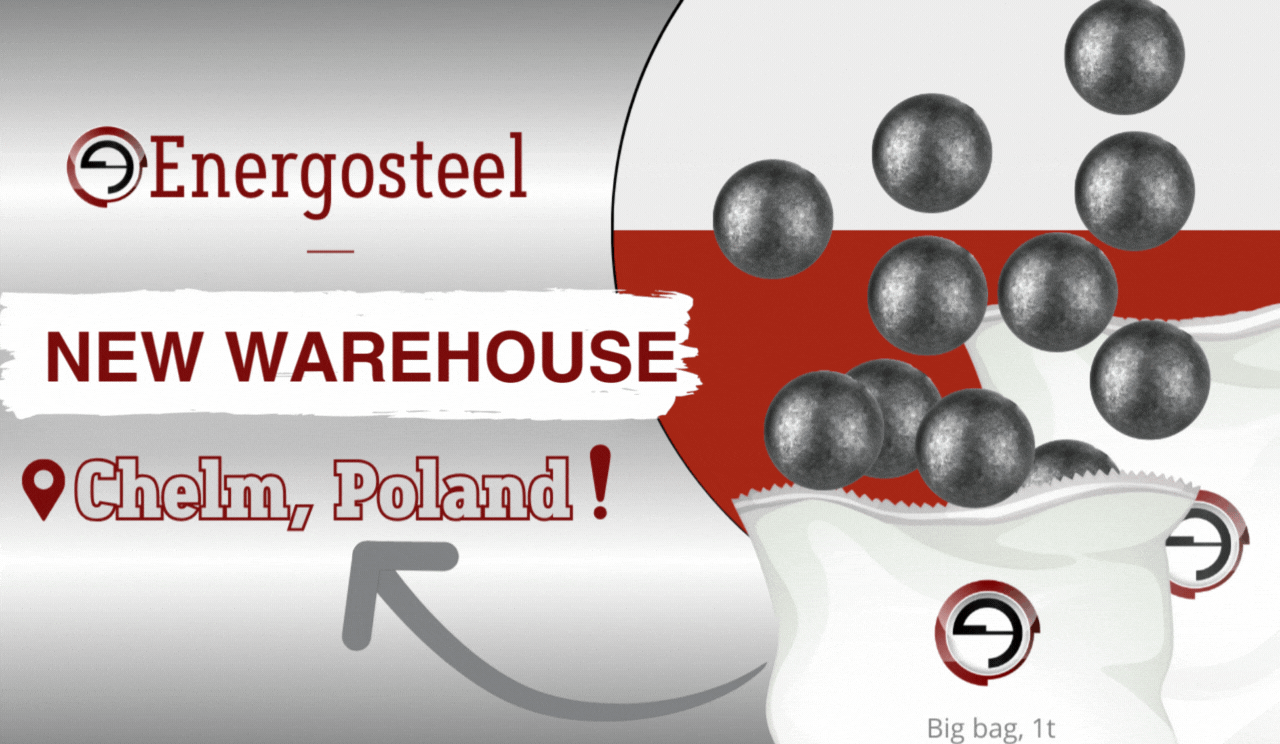We continue the articles rubric, where we cover the main stages of conducting full-scale industrial tests. The next industrial tests stage is the testing place determination.
The testing place determination for tests conduction depends directly on the client’s production capacity. If client has only one mill for material grinding, then choice is obvious. In most cases, our customers have several “knots” for material grinding; therefore, testing place determination is an important objective before industrial tests starting.
Consider the option when the client has several ball mills and each mill operates according to an individual grinding scheme. Such material grinding scheme can be found in a gas-concrete or cement industry, i.e. mills operate independently of each other, but generally have a total power (a hopper). In this case, need to select for industrial test a mill launched into production after major repairs (armor replacement, electrical equipment repair, etc.).
Also, the indicators adopted for further comparison by the test results, select at this stage. As a rule, these are planned indicators. They are prescribed in the documents regulating the production process. Similarly, the comparison can occur with operation results the “neighboring” mill or with the mill’s indicators attained before repair. We draw your attention if the inner mill drum divided into chambers and a various grinding media uses for material grinding in each chamber then advisable tests conduct for each chamber (each grinding media type) separately. It will reduce the factors number can affect the final result.
The testing place determination is a rather difficult question at factories with the grinding scheme that consists of several sections and each section divided into steps (in most cases, mining & processing enterprises have such scheme). In such cases, we recommend the following principles in the testing place determination:
- the same mills service life participating in the test , i.e. equivalent wear armor;
- the experimental mills proximity, i.e. the mills should work in parallel (mills work in one section) or have a successive location (mills have common power from the conveyor) .
- the same mills dimensions, the same mills operation mode, etc .;
- the same technological indicators – the power size, productivity, grinding requirements, density regimes, etc .;
If grinding scheme has several stages then Energosteel company experts recommend conduct industrial tests at each stage separately. It will reduce the many factors influence at test result, as in the case with multi-chamber mills. Several tests conduction for each stage can easily determine implementations type bring a greater economic effect. We draw your attention, Energosteel company experts recommend to compare test results with results of mills selected for comparison (their choice principle indicated above), because an average factory figures can be significantly different from each mill performance individually.
Summarizing all the above, we can safely say the testing place determination stage and the indicators determination (test results will comparison with indicators) is one of the most important and basic stages in the full-scale industrial tests conducting. Future test result and its conducting possibility depend on correctness all requirements execution for testing place and indicators determination.







